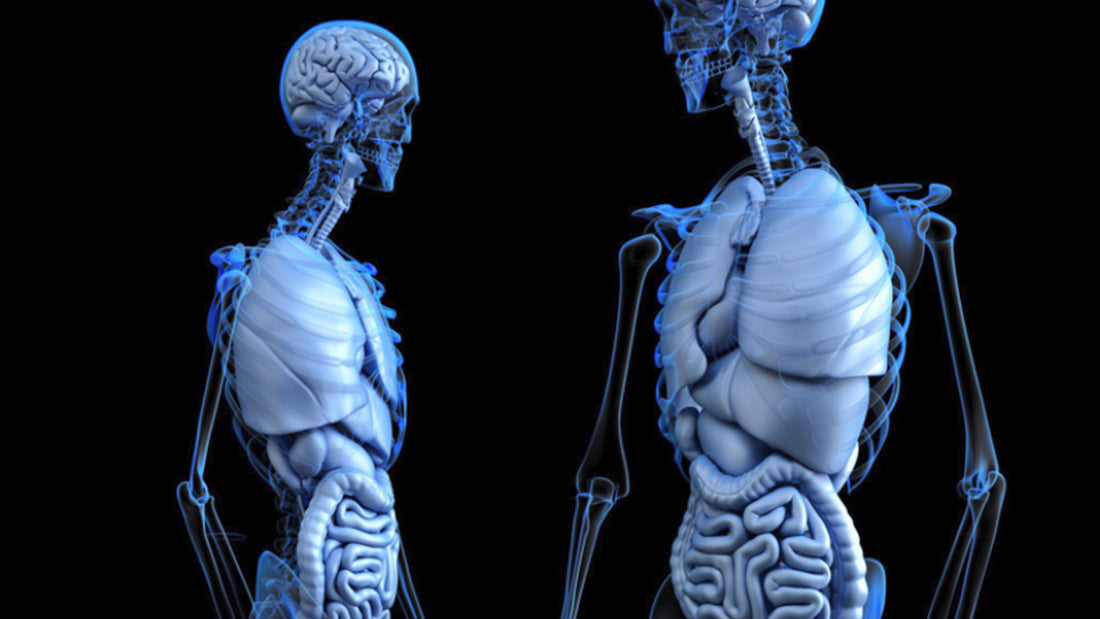Moving the focus from that of managing to one of anticipation, prediction and prevention.
In response to our social media post, “What’s becoming clear from pioneering research is the role of biotensegrity and how our body uses this to avoid injury”, we received the following question: “How do we as an industry introduce biotensegrity into bed systems without introducing pressure care risks? It seems counter-intuitive to me?
When considering how to respond, we decided to go back to basics, with Stephen Levin MD’s explanation of biotensegrity:
“Tensegrity icosahedrons are used to model biologic organisms from viruses to vertebrates, their cells, systems and subsystems.
“I regard the term “tensegrity” as conceived by “R. Buckminster Fuller”, who coined the term, and Kenneth Snelson, who first applied the mechanical principles to modern structures as an art form, I have moved to the term ‘biotensegrity’ to consider tensegrity as a force vector concept as applied to biology.
“There are only tension and compression elements in tensegrity systems. There are no shears, bending moments or levers, just simple tension and compression, in a self organizing, hierarchical, load distributing, low energy consuming structure.”
Biotensegrity embraces both tensegrity and biomechanics whilst also being a major contributor of maintaining the body’s biological, homeostatic system. It is the innate protection system for the body to protect against force-related tissue damage. Ie it is the way a person’s fascia and homeostasis works within gravity to avoid its tissue thresholds being exceeded and the subsequent inability to repair the damage this would cause.
As biotensegrity relates to a variety of complex processes taking places within the body, it would therefore be very difficult nor desirable to introduce these into external bed systems as suggested in the question.
However, it is essential that both the design and use of inbed systems do not compromise either the patient or the care-giver’s body’s internal protection mechanisms that control forces within the body’s tissues.
Bed systems (bed resting surfaces) must be designed to work together in an intuitive, synergetic manner as to protect the patient and care-giver’s optimal tissue integrity (see * below). We have termed this intuitive, synergetic manner as the “philesynergetic approach” which works as follows in practice:
- For those patients confined to bed, this philesynergetic approach ensures tissue/ cell recovery thresholds are protected, so thresholds are not exceeded thereby preventing tissue damage and maintaining the patient’s tissue integrity. Bed systems need to manage external forces in a controlled manner; to regulate their rate, direction and effect as a means to avoid resting surface-patient skin interface “force focal spots” (and therefore pressure care risks).
- For the nurses and carers of patients confined to bed, a philesynergetic approach is also needed so that physically moving a patient is not necessary and prevented from happening. By designing such a change into inbed products and practices means that the care-giver’s body is able to avoid injuries (micro-tears/ myofascial pain and discomfort/ muscular-skeletal injuries) that occur when tissue thresholds are exceeded by physically moving and handling patients and compromising poor posture.
In his article discussing ergonomic maturity, James Mallon shares:
“The International Ergonomics Association offers a very comprehensive definition: “The scientific discipline concerned with the understanding of interactions among humans and other elements of a system, and the profession that applies theory, principles, data and methods to design in order to optimise human well-being and overall system performance. I like this definition — it covers all the important bases and makes one feel noble in their profession. But, perhaps it’s not simple enough and therefore not widely used. How about: “Designing the workplace to support the capabilities of people and job/task demands.” Or, even more simple: “Designing the job to fit the person.”
He continues, “Please note that all three definitions include the term “design.” I point this out because the failure of many ergonomics programs can be traced to the fact that they never actually get to design the workplace. They are viewed solely as health and safety programs and so never engage the design people. The truth is, success lies in integrating ergonomics as a continuous improvement process where health and safety, engineering and product design all contribute to the activity and share in the benefit.”
The cornerstone to achieve a philesynergetic approach is therefore the design of bed systems – including both the products and processes used. Products need to be designed so they are intuitive and work together synergetically whilst safeguarding both the patient and the care-giver’s internal, innate protection system.
Unfortunately, many of the widely-accepted products and processes (in other words, “bed systems”) cannot achieve the synergy required. This is because they are counter-intuitive and are designed for reducing pressure care and nothing else. Using James Mallon’s definitions, the Healthcare industry is still in the reactive phase of ergonomic maturity and needs to progress through the proactive phase to reach an advanced phase.
We need products and processes to be “designed for people” and where technology adapts to us. This type of human-centred design has problem-solving ability at its core. It also has good design habituation so products are intuitive meaning that they are used in the right way, even when its for the first time (click here to discover how Apple does this). The design process also needs to consider how products interrelate to each other within a bed system and how it will ultimately enable the patient and the care-giver’s bodies to internally manage the forces to which they are being subjected.
This philesynergetic approach when caring for patients inbed must use gravity, the correct synergentic layers and the patient’s own body mass to provide the rest, movement and stability on their resting surface.It means that:
1. A patient can be rested, repositioned and stabilised by using gravity without the need for manual handling.
2. This both significantly reduces any biomechanical compromise and avoids any resultant musculoskeletal injury to the carer.
3. This approach reduces “force focal points” and tissue distortion force transcending thought the skin.
4. Allows patients to be supported, repositioned and stabilised in a controlled rate and uniformed manner
5. Allows repositioning and stabilising to be at a sufficiently slow rate and allow the skin’s homeostatic and tensegrity processes to safely dissipate potentially tissue-damaging forces.
6. Uses a bedframe of a type that has multi-tilt; a hybrid mattress that is made up of individual cells containing foam which are encased in air; and a correct synergetic layered inbed care system. For example:
o Hybrid mattresses with “step-up, step-down’ ability, such as the Dyna-Form Mercury Advance-powered hybrid.
o Multi-plane tilt bedframes such as the Centrobed Arctic Turning Bed
o *Synergetic layers that are intrinsic to the Biotechsis® inbed care products and designed to be intuitive.
In our opinion, the healthcare industry needs to stop looking at the products and processes within a bed system as individual components, and focus on making sure they work together. Introducing this philesynergetic approach complements ergonomics at an advanced stage, as it changes the perspective of engineers and designers. They must understand that their decisions impact the care and safety of patients plus the productivity, engagement and health of your employees (nurses and carers) as well as the quality of the products being designed. This is a weighty responsibility, and they need to be given the knowledge and tools to design-out risk and develop intuitive, synergetic products that achieve the philesynergetic approach that makes inbed care safer for both patients and caregivers.
By solving the problems that prohibit a philesynergetic approach, the focus is moved from one of managing risks to one of anticipation, prediction and prevention. In other words, designers and engineers are no longer “designing in” or “buying in” or “building in” ergonomic risk that can only be removed with a big disruption or a large investment.
This focus supports the CIEHF’s white paper initiative to promote a mentality of “doing the right thing” which will require a multifaceted approach with manufacturers engineering out the “wrong way”, whilst educators teach the “right way” mentality.





